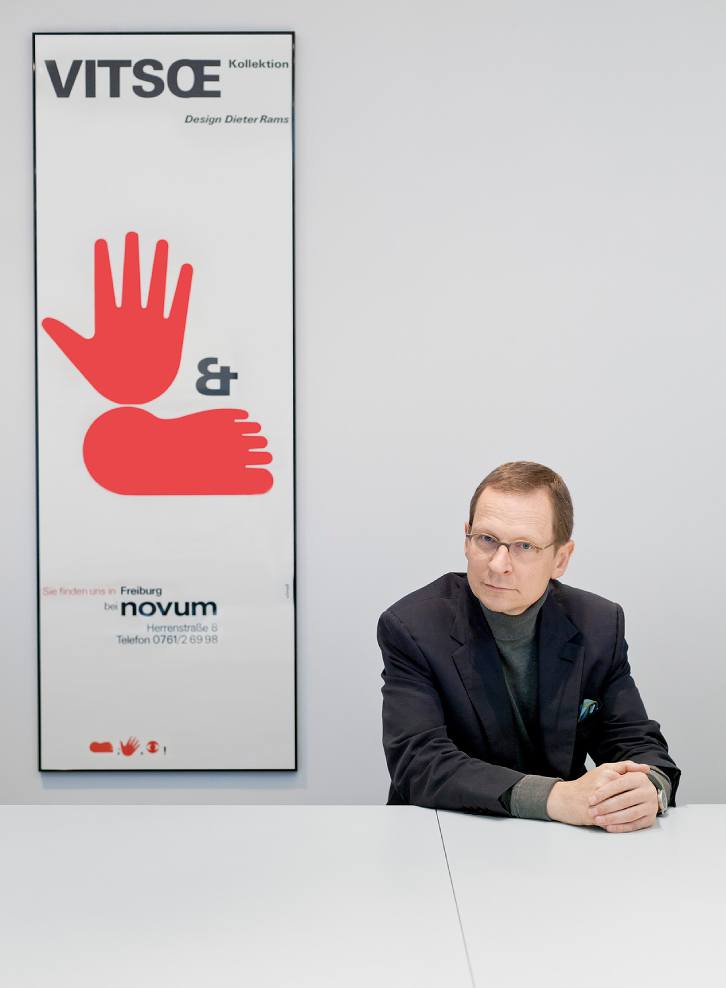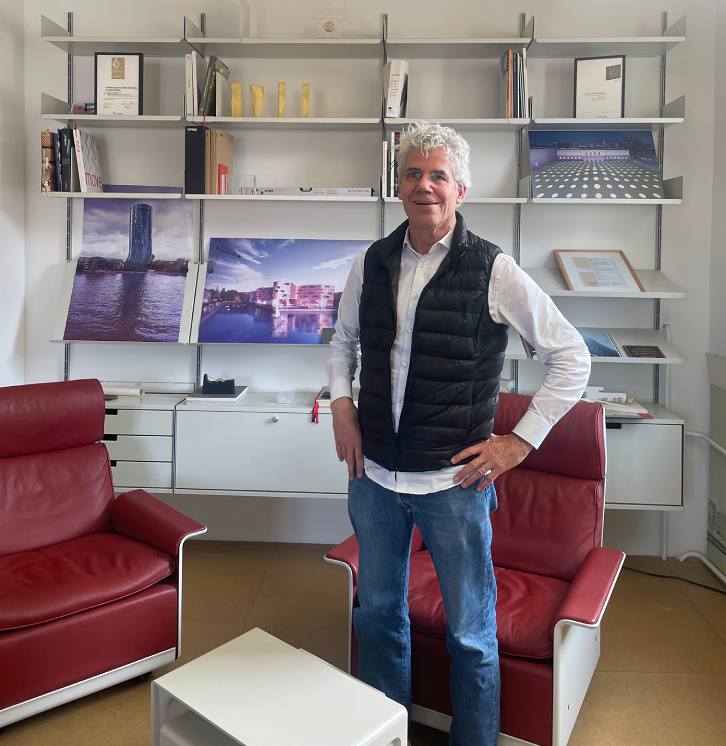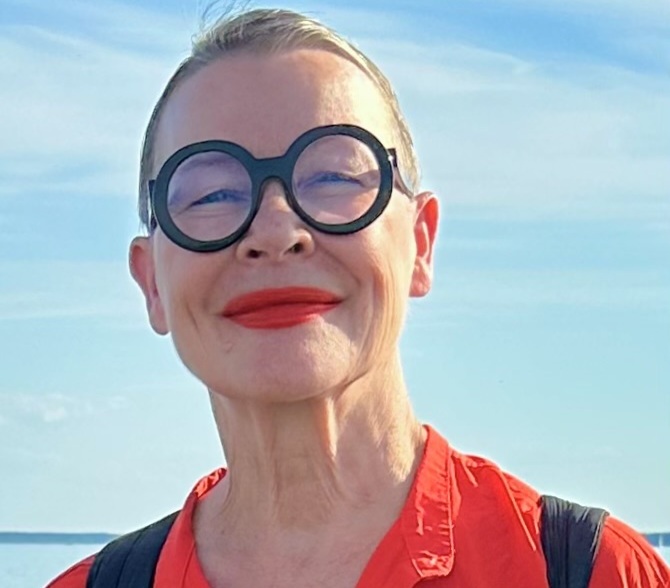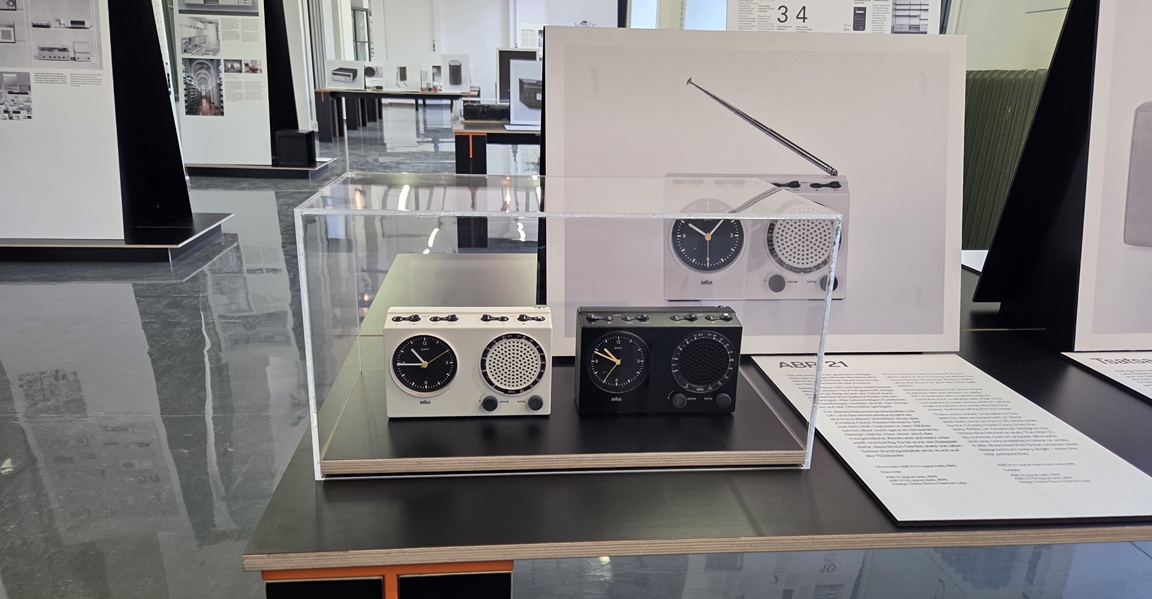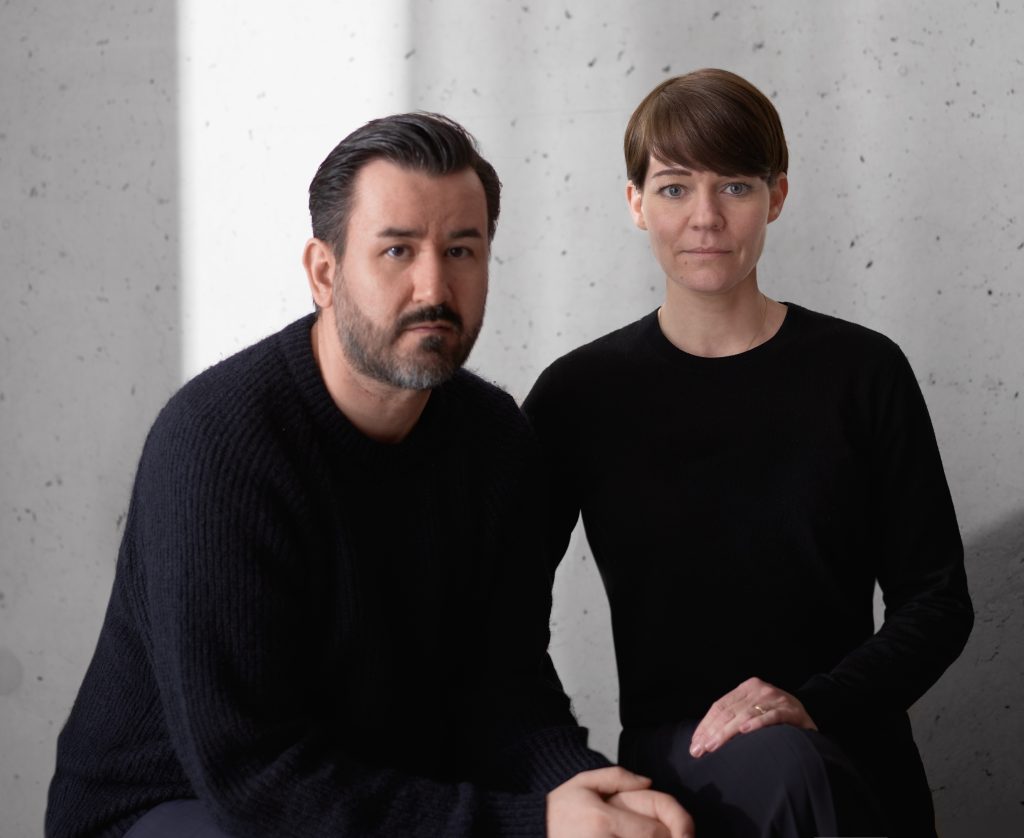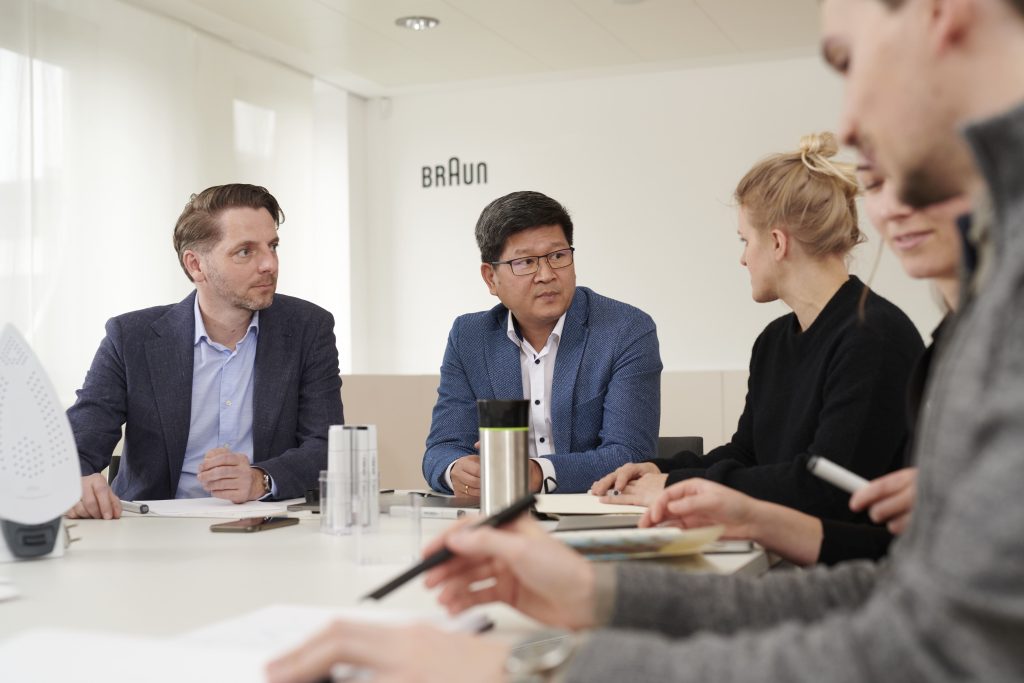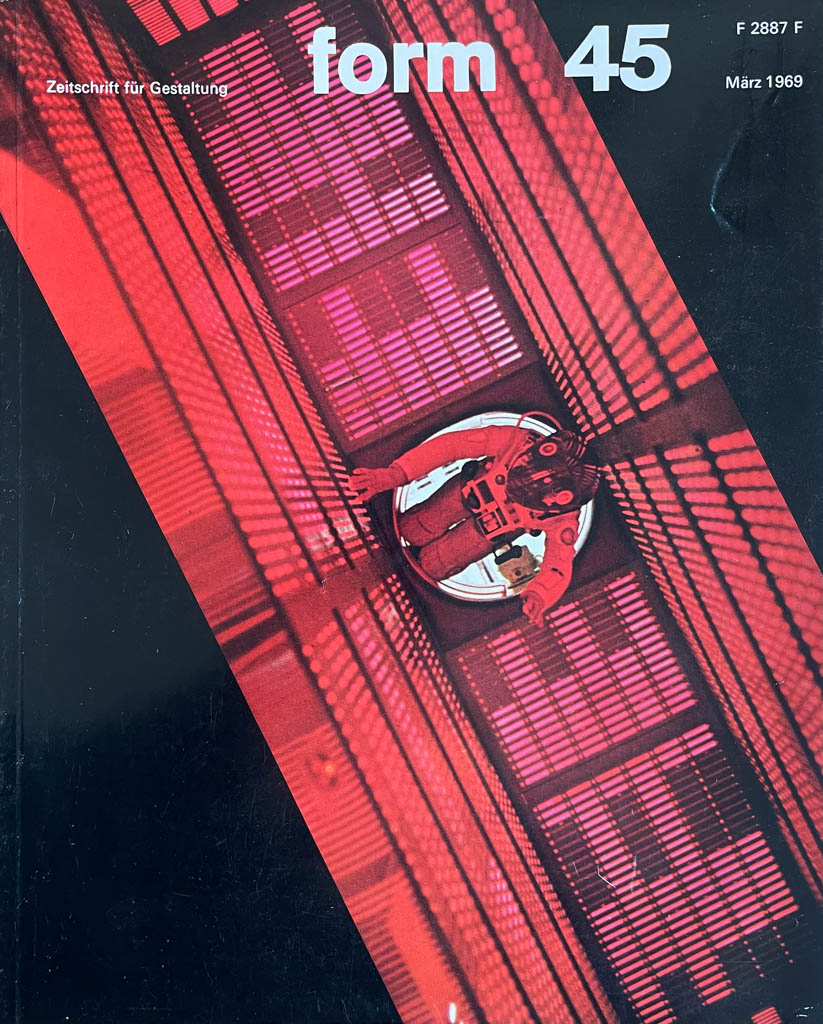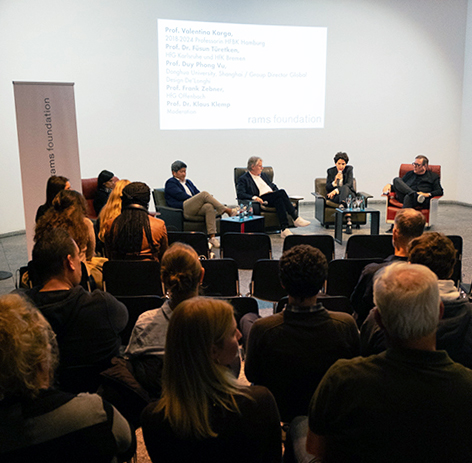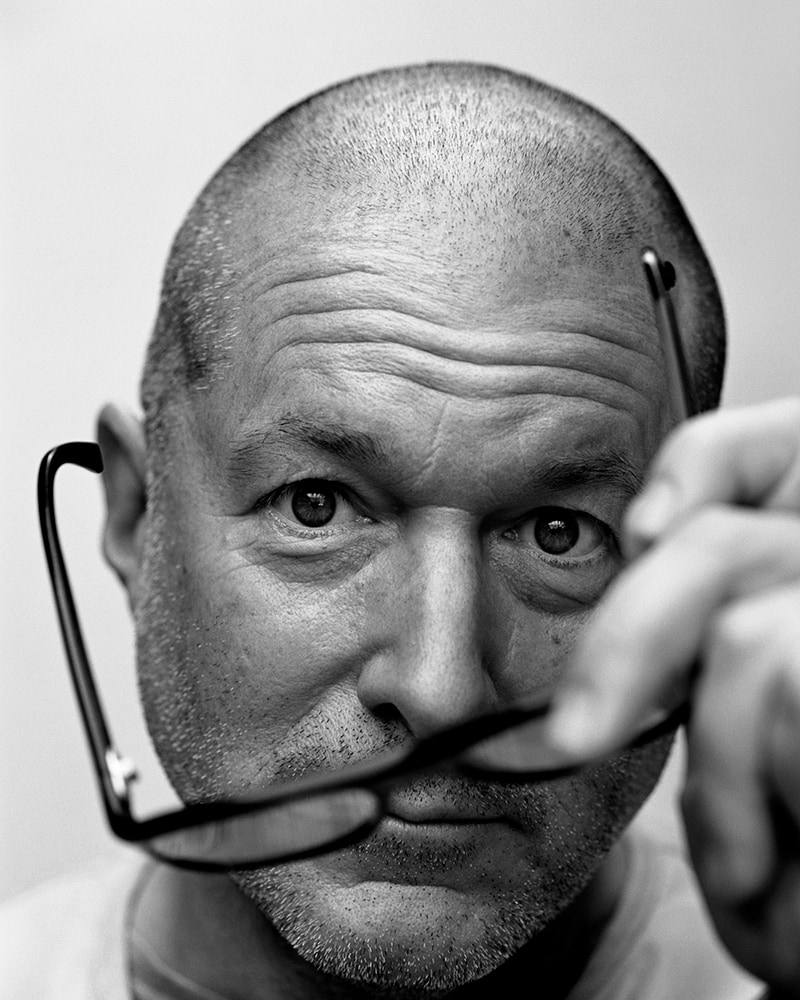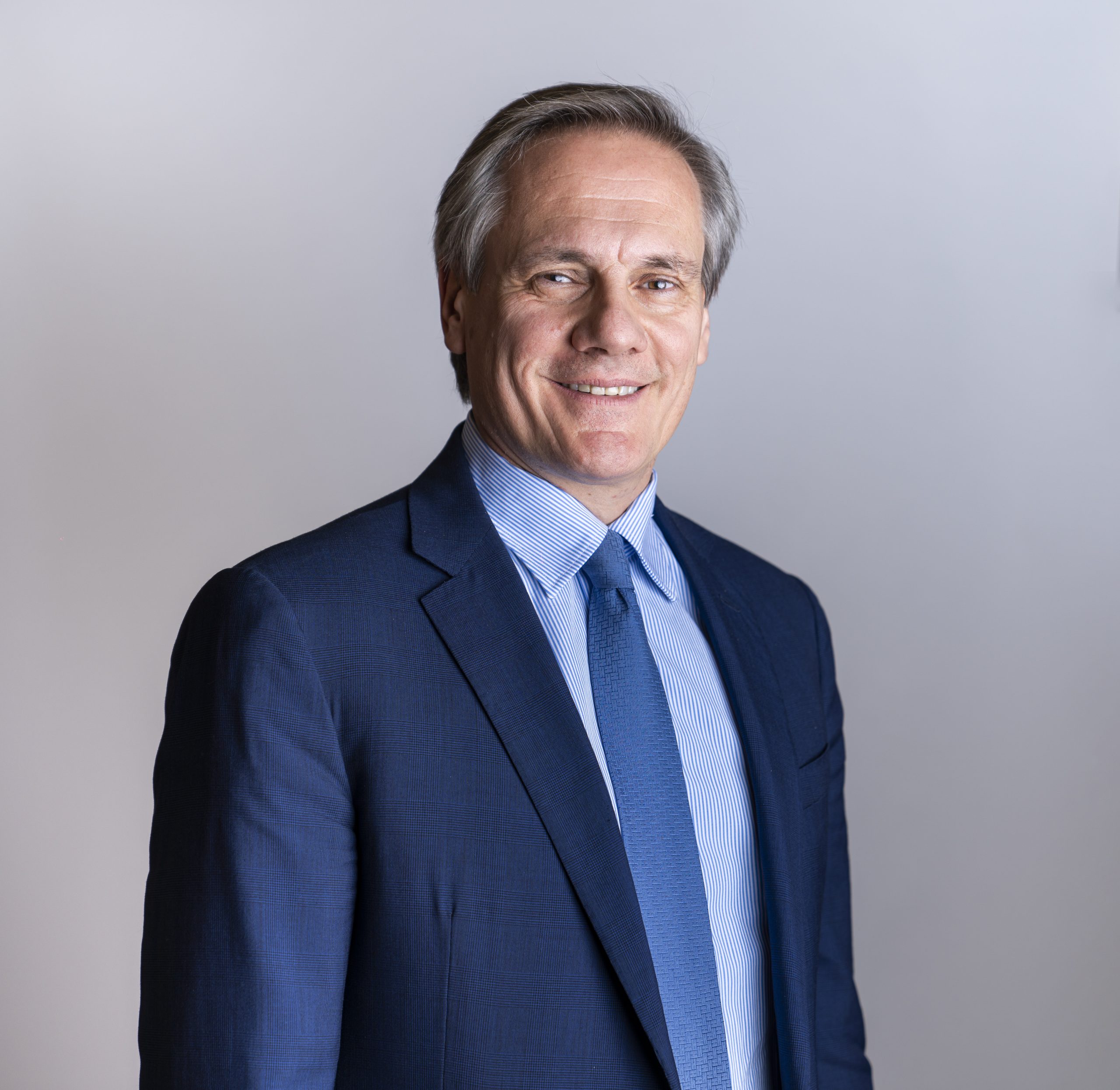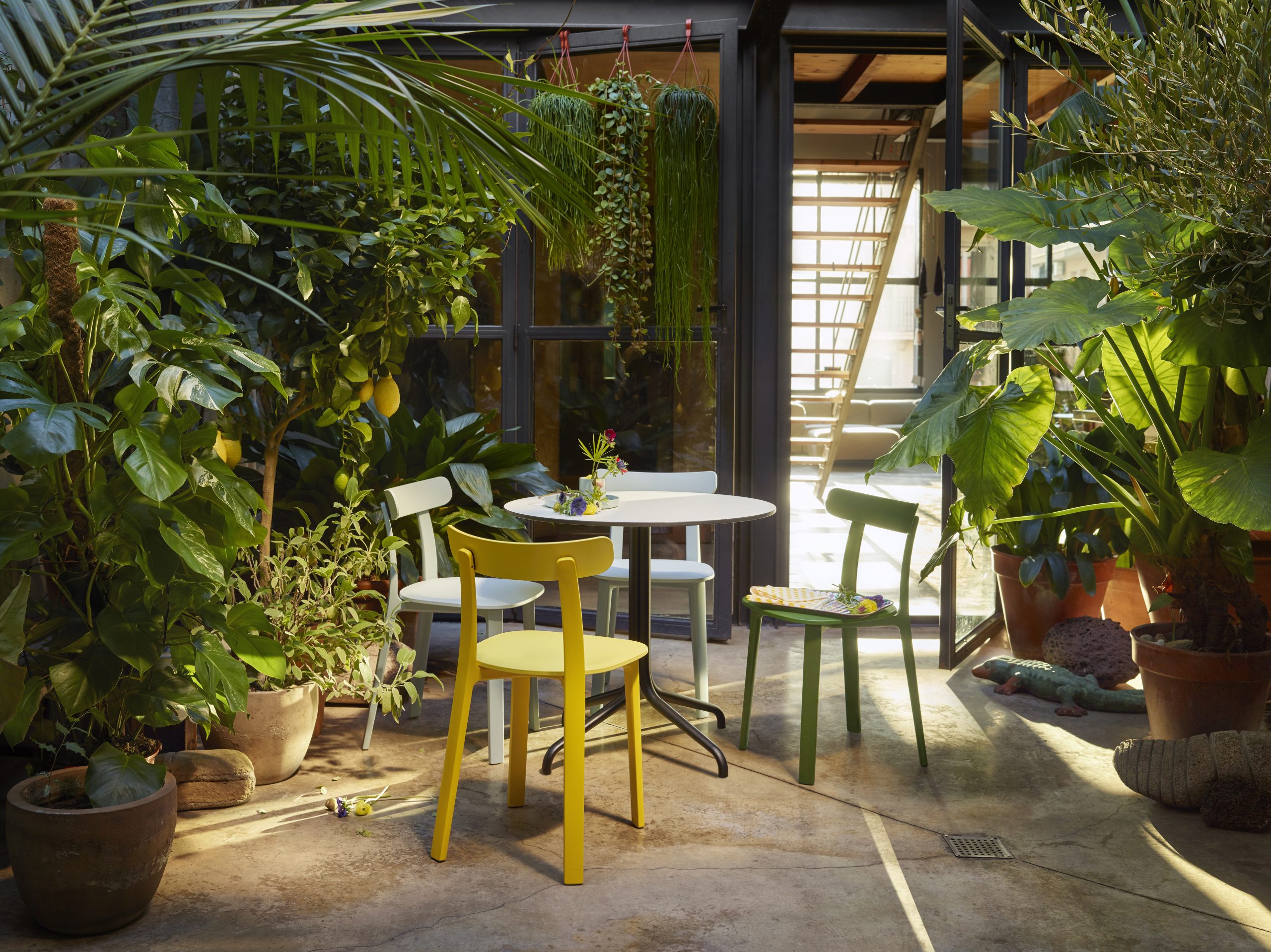Since 1994, the Dieter and Ingeborg Rams Foundation has been dedicated to supporting responsible and sensible product design. In particular, it seeks to critically examine and address, in various formats, the future demands on industrial design. Further, the foundation’s objectives include the scholarly analysis and public presentation of the founders’ design activities.
Since 1992, the Dieter and Ingeborg Rams Foundation has been dedicated to supporting responsible and sensible product design. In particular, it seeks to critically examine and address, in various formats, the future demands on industrial design. Further, the foundation’s objectives include the scholarly analysis and public presentation of the founders’ design activities.
Mark Adams interview
“We Are Genuine System Thinkers in Everything We Do”
Mark Adams, the long-time CEO of Vitsœ, talks about working with Dieter Rams, the difficult search for the right designer for the headquarter in Royal Leamington Spa – and his vision for the future of the company.
Read more >
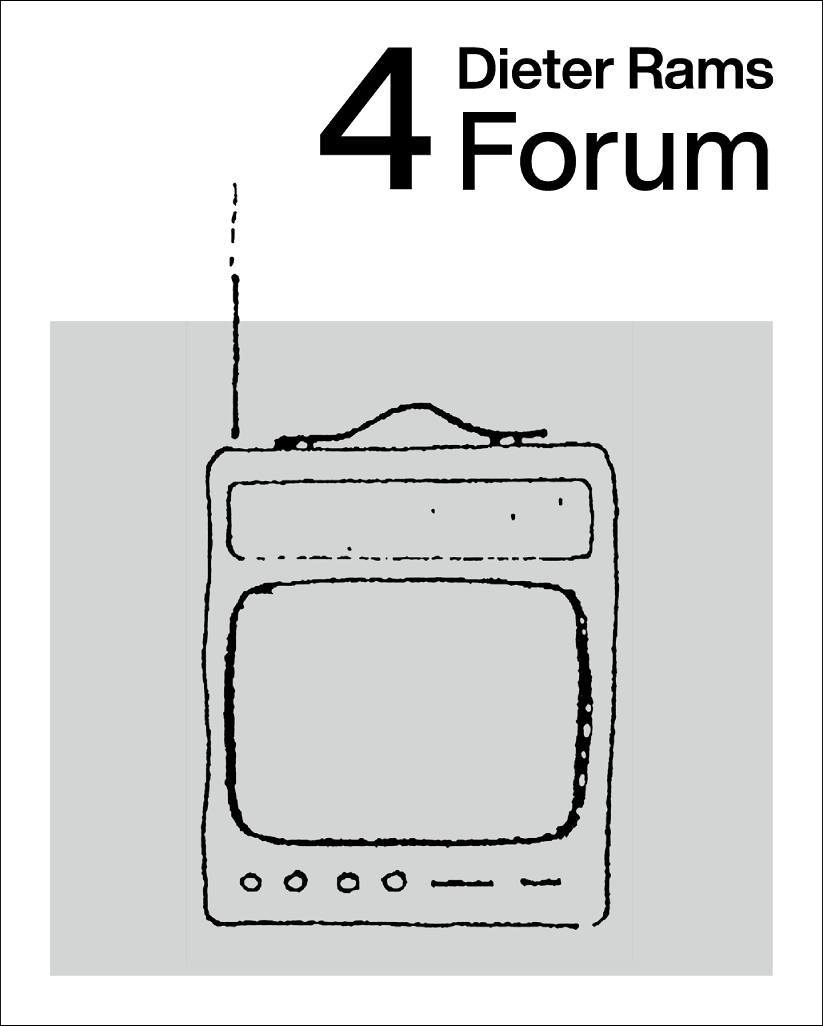
Wednesday, 2 July 2025, 17:00 to 18:30, free entry
4th Dieter Rams Forum: Design and Architecture
Museum Angewandte Kunst Frankfurt a.M.
Design, as well as its precursors, and architecture have been engaged in a kind of symbiosis since the earliest times. How could this correlation develop further, in other words, what could the relationship between architecture and design be like in the future?
The rams foundation would like to explore this question with experts from the fields of architecture, interior design, signage, and journalism.
Till Schneider interview
“The idea of a self-explanatory design really impressed us”
Till Schneider is a partner at the international architectural firm schneider+schumacher. Here, he shares his perspective as an architect, gives insights into his creative partnership with Michael Schumacher, and comments on design as a discipline.
Read more >
Päivi Tahkokallio interview
“People working in design should be proactive”
A conversation with a special perspective from the far north: Päivi Tahkokallio is one of the most prominent strategists and design activists in Finland. What does she think about Dieter Rams‘ legacy? And what topics and issues is she currently campaigning for? Read more >
3 March to 18 April 2025
“Dieter Rams: A Look Back and Ahead“
Exhibition in Istanbul
İstanbul Teknik Üniversitesi’s (ITÜ) Industrial Product Design Department, in a dynamic collaboration with Braun to promote creativity and innovation in product design, presents the traveling exhibition „Dieter Rams: A Look Back and Ahead“ by the rams foundation in Istanbul.
Esther and Dimitrios Tsatsas interview
“The context must always call the dogma into question”
An unknown design by Dieter Rams from the 1960s made the young Frankfurt bag brand TSATSAS even better known internationally. We spoke to the German-Greek couple about the hurdles they had to overcome to develop from designers to entrepreneurs.
Read more >
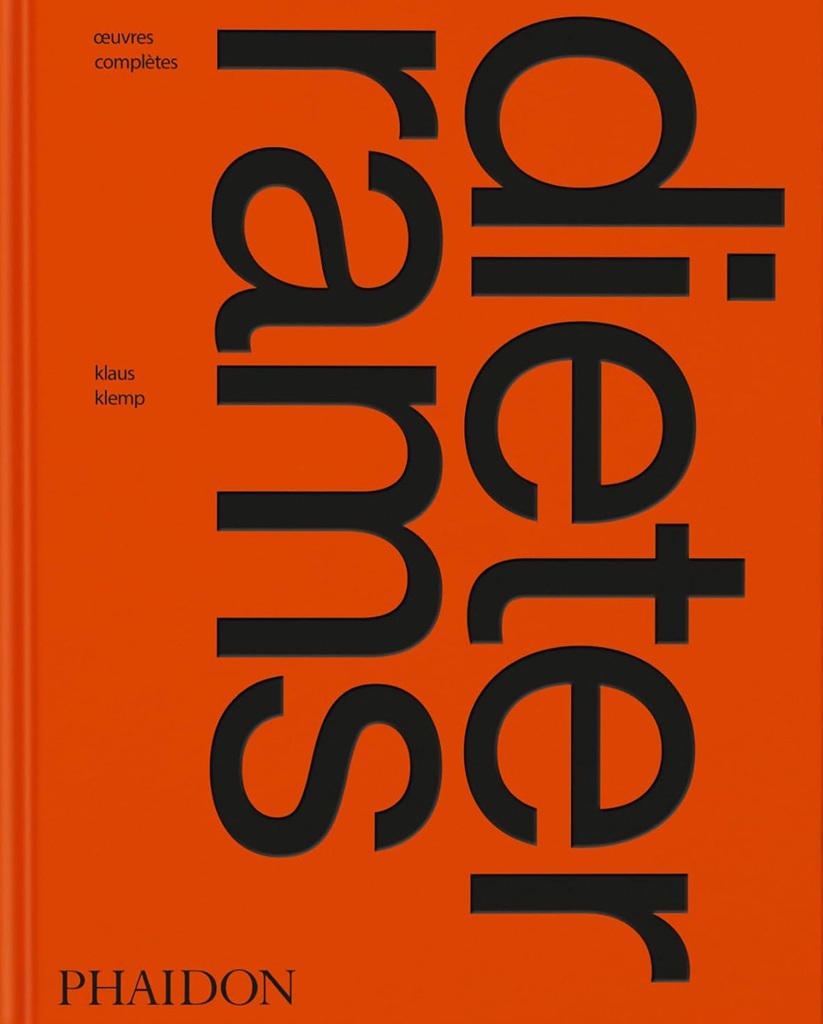
Now available:
Dieter Rams: The Complete Works in French
The French edition of Dieter Rams: The Complete Works, written and edited by Prof. Dr. Klaus Klemp, is now available.
Duy Phong Vu and Markus Orthey interview
“Braun doesn’t need to follow these fast trends”
In our interview with entrepreneur Fabio De’Longhi, it became clear how important it is to him to maintain the Braun culture and tradition. Duy Phong Vu and Markus Orthey, two designers who have long been the shaping present-day version of Braun Household, while also developing it for the future, now share their thoughts.
Read more >
Jürgen Werner Braun Interview
“Rams challenged us!”
The achievements of the long-standing Managing Director Jürgen Werner Braun in terms of design in Germany in general and his commitment to the Franz Schneider Brakel company in particular continue to have an impact to this day. Here he talks about how design exhibitions can provide concrete impetus for the economy. And why, for him, Stanley Kubrick anticipated artificial intelligence.
Read more >
23 October 2024
3rd Dieter Rams Forum
Discussion on design studies at the Museum Angewandte Kunst, Frankfurt a.M.
Following the successful event on 23 February 2024, which focused on industrial design studies at technical universities, a sequel followed on 23 October 2024.
In Germany, a relevant degree programme at university level is predominantly offered at art colleges. This third discussion event focused on the possibly different or similar characteristics and curricula of different universities. It also addressed the recurring question of the relationship between art and design in design practice. Read more >
Jonathan Ive Interview
“He articulated the way it should be“
Fabio De'Longhi Interview
“Design has to be alive“
In 2012, the family-run De’Longhi Group took over the Braun Household division. In our interview, Fabio De’Longhi talks about how he sees Dieter Rams‘ legacy and what he expects from the future in terms of design, production methods and management strategies. Read more >
Jasper Morrison Interview
“Some Designers have a complete Vision of the Future“
Similar to Dieter Rams, one of Jasper Morrison’s grandfathers played a crucial role in his development as a designer. Here the British designer talks about his early, experimental years as a student in Berlin in the 1980s. And about how he classifies today’s phenomena such as retro design and AI. Read more >
© Norman Foster Foundation
Lord Norman Foster Interview
“His Appeal is truely universal”
Dieter Rams and Teaching
The Hamburg Years
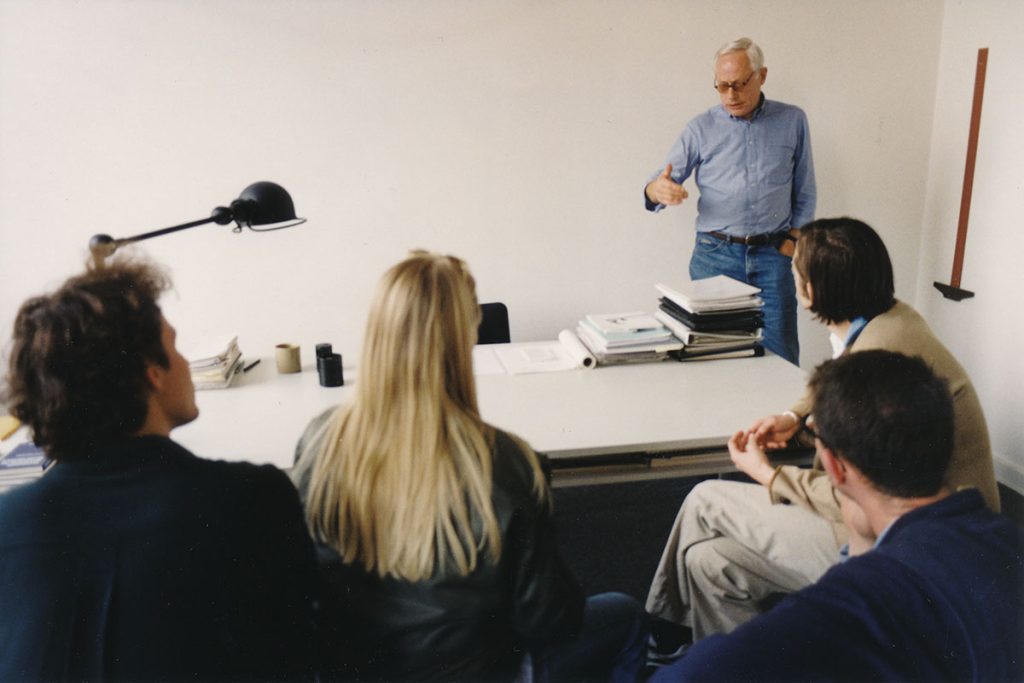
Foto: Jo Klatt © Hartmut Jatzke-Wigand
Hans Ulrich Obrist in an Interview with Dieter Rams
“Epiphanies happen only occasionally”
Through his sleek and intentional work that has inspired generations of designers, the German living legend developed ten principles of good design, a set of guidelines that provides a blueprint of ethics, longevity and beauty. Interview by Hans Ulrich Obrist. Read more >
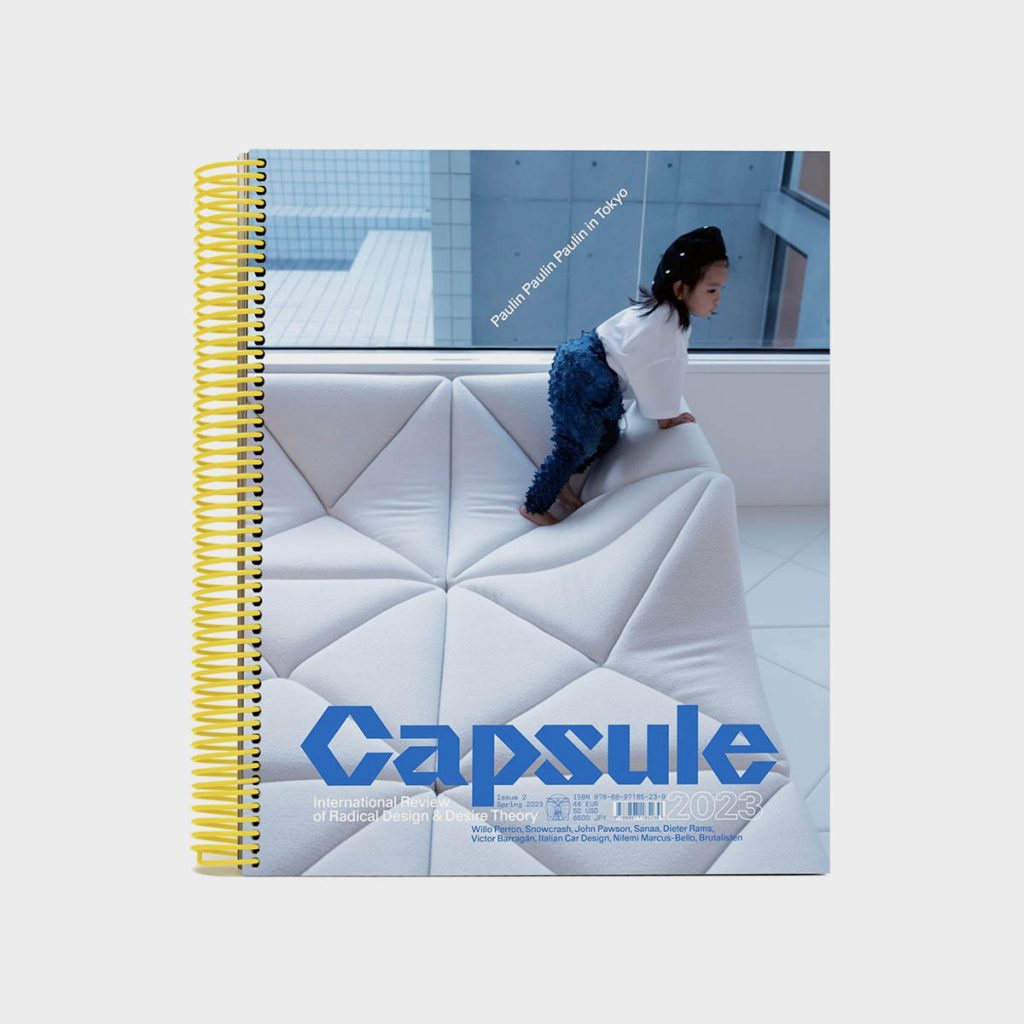
© Capsule Magazin, Mailand
Dieter Rams and Colours
FM Radio: Red-Orange
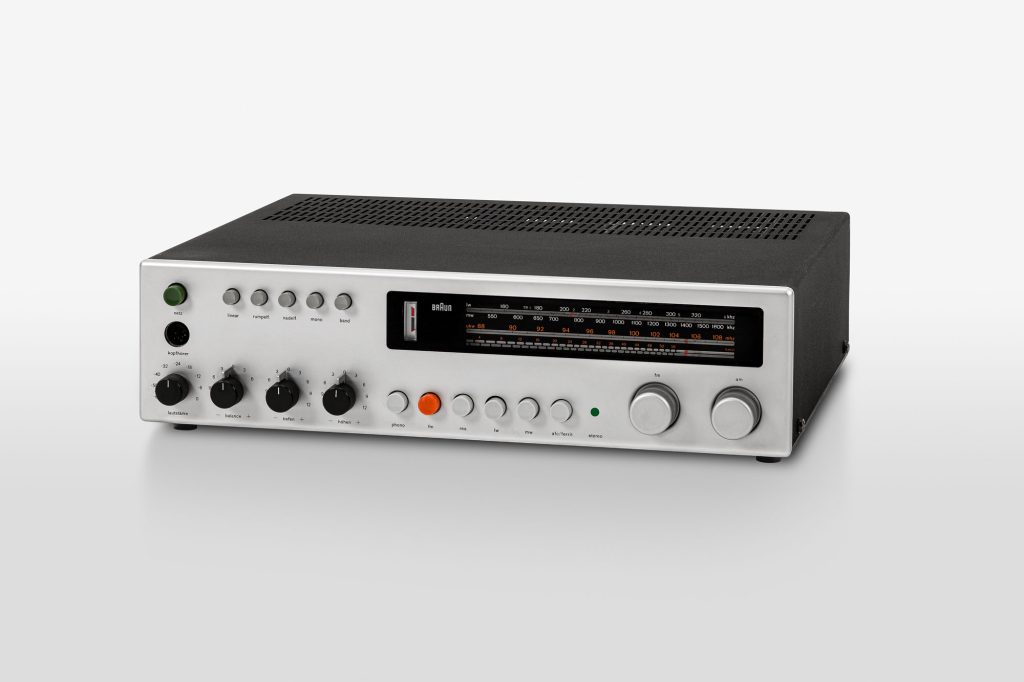
© rams foundation
International
Braun Design in Asia
When considering Braun’s relationship with Asia, it immediately becomes clear that the German company has oriented itself internationally from the very outset. This is true both in terms of its products and sales markets. The Volksempfänger radio, with its short range, was followed in 1933 by the Fernempfangs-Vorsatz, an attachment for the Volksempfänger in order to increase the range for European reception. The T 1000 world receiver of 1963, with which all short-wave transmitters worldwide could be received, became legendary. Read more >
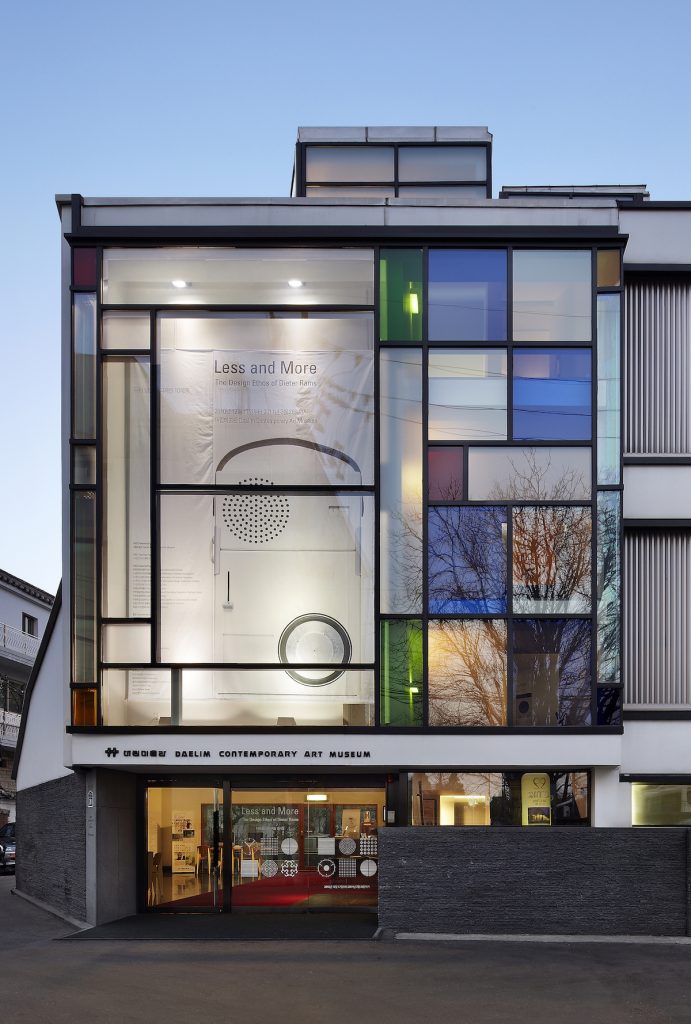
© Daelim Cultural Foundation
